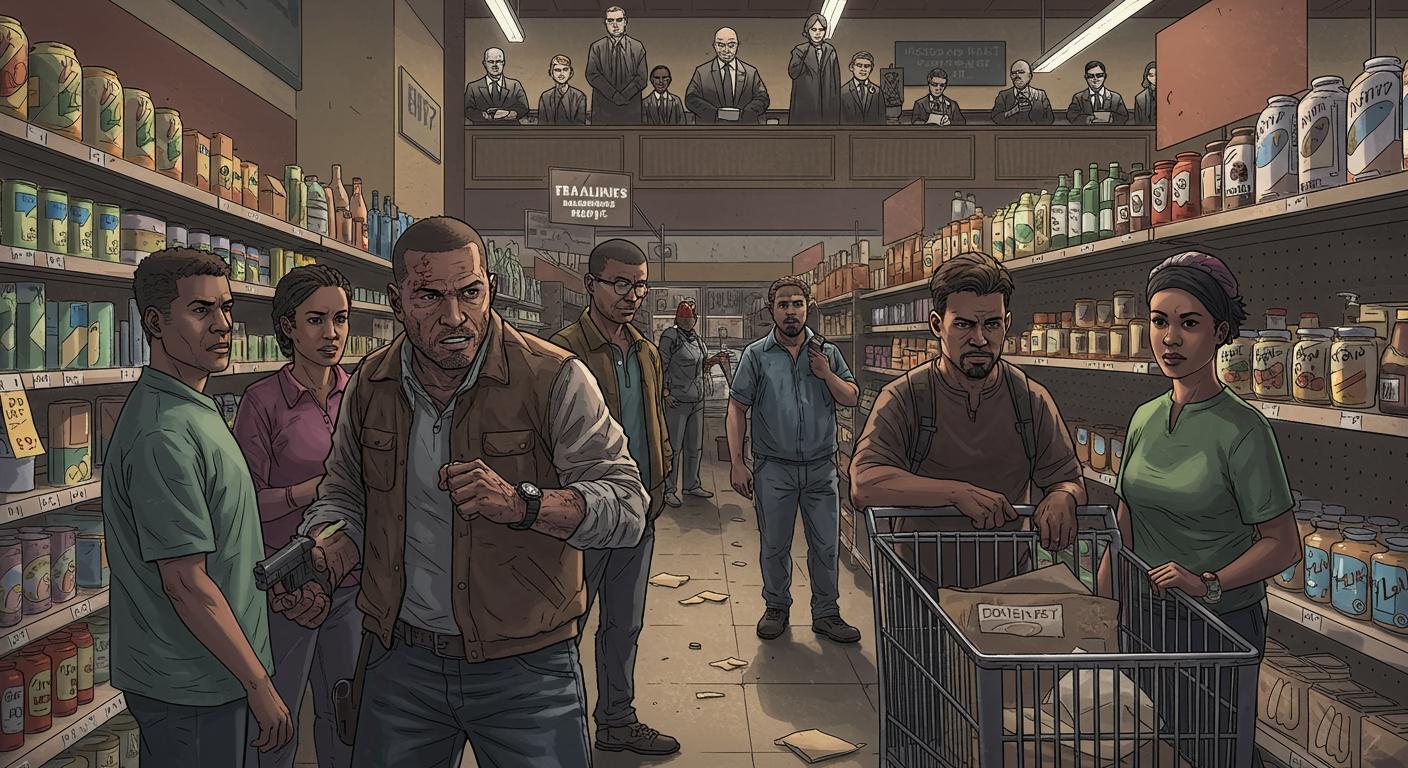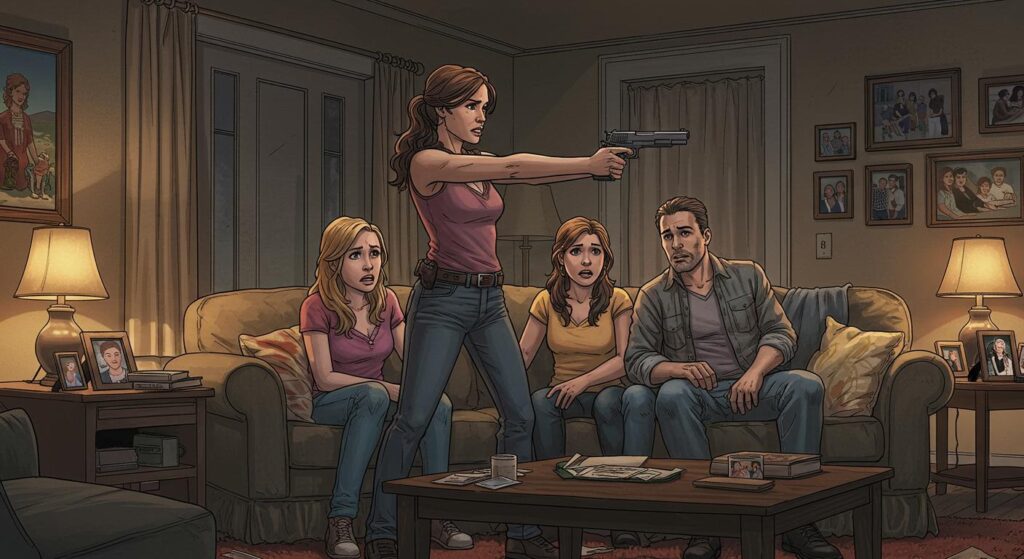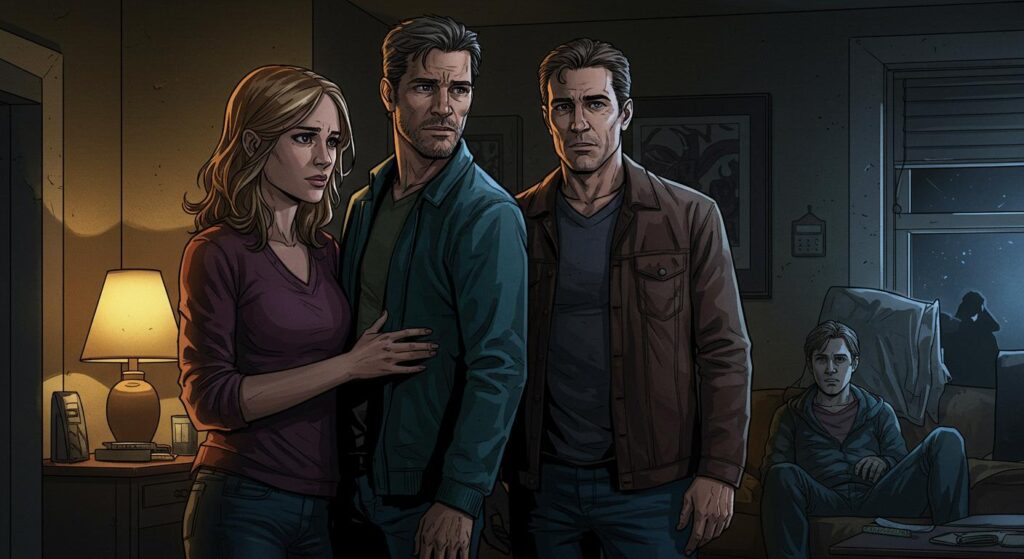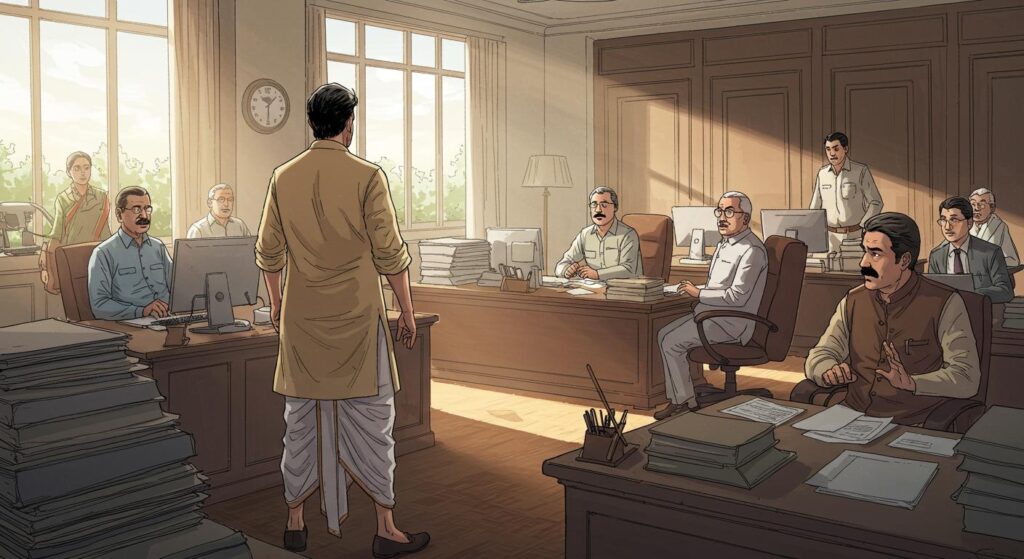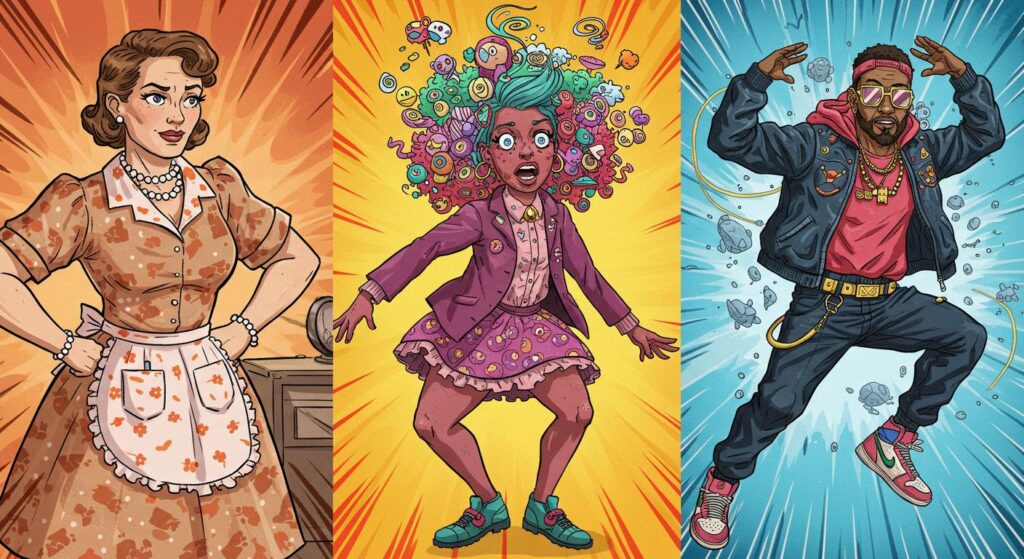Sometimes, news stories deliver a level of irony that might make even the most jaded librarian pause and check the date. According to a report by The Associated Press, published via Fox19, Payton Gendron—the man who killed ten Black people at a Buffalo supermarket in a racially motivated 2022 mass shooting—is petitioning the court to dismiss his federal hate crime charges. The reason? He claims there were too few Black and Hispanic people on the grand jury that indicted him.
When the Defendant Critiques Jury Diversity
Gendron, already serving life in prison without parole after pleading guilty to state charges including first-degree murder, did not attend the recent hearing, as documented in the outlet’s coverage. During this hearing, his attorneys argued that his constitutional right to a grand jury representing a fair cross-section of the community was violated, because Black and Hispanic people, as well as men, were “systemically and significantly underrepresented” in the Buffalo-area jury pool. The outlet notes that the defense maintained the pool included only about one third of the expected number of Black and Hispanic/Latino persons. They further claimed, through court filings cited in the report, that data sources used to compile the jury pool were not preserved, creating additional uncertainty about the selection process.
U.S. District Judge Lawrence Vilardo, noted in the Fox19/AP coverage, described Gendron’s objection as “a little incongruous,” considering the case centers on an act of racist violence. Still, the judge did not immediately rule on the motion. Statistically, Vilardo suggested, the addition of two more Black individuals to the 60-person grand jury would have “balanced” the panel—but he questioned whether such a shortfall could simply be accidental, rather than the result of systematic exclusion.
The Larger Jury Puzzle
The same article highlights comments from John Elmore, an attorney representing several victims’ families. Elmore observed the persistent issue of minority underrepresentation in juries, admitting the irony that this specific case is spotlighting the matter, yet emphasizing that it’s a long-standing concern within the justice system. He noted by phone after the hearing that while jury challenges almost never succeed, the courts’ difficulties in assembling demographically reflective juries remain a real problem.
Fox19’s reporting also outlines the response from prosecutors, who argued that at most, the issue constituted a “technical violation,” not grounds for dismissing the charges. Assistant U.S. Attorney Caitlin Higgins asserted that federal law doesn’t require a perfectly proportioned grand jury—only that the process isn’t discriminatory. As mentioned earlier in the report, the prosecution maintained that the jury pool was assembled from a wide array of public records, including voter rolls, DMVs, tax data, and other sources, and contended that any disparities were within accepted legal guidelines, not the result of intentional exclusion. Judge Vilardo, according to the outlet, also noted that in his experience, courts in New York have not granted such motions when faced with similar levels of disparity.
Meanwhile, Gendron’s defense attorneys, as described in the article, have previously filed motions arguing that he should be spared the death penalty due to his age—he was 18 at the time of the shooting, and the defense points to research on adolescent brain development as justification. That question is still before the court.
Justice, Irony, and the Legal Tightrope
It’s difficult not to notice the peculiar dynamic at work here. As Fox19’s article demonstrates, a case steeped in racial animus has led to the defendant relying on arguments about diversity and systemic representation for his defense—a scenario that feels tailor-made for the rarefied archives of legal irony. Still, the underlying issue of jury diversity remains a real concern, even if its most prominent courtroom champion this week is an individual convicted of targeting minorities with violence.
As the outlet also notes, the system isn’t designed for perfection, only fairness as defined by the law. Attorneys are expected to use every tool available on behalf of their clients, no matter how uncomfortable the juxtaposition. Is this an awkward dance of legal principle and real-life absurdity, or just further proof that American courtrooms remain a stage for odd, at times unsettling, contradictions?
Ultimately, this case asks whether the legitimacy of a system can—or should—be questioned by those who stand most demonstrably outside its ideals. In a week where reality seems determined to test the boundaries of irony, there’s little doubt which files this story belongs in.

